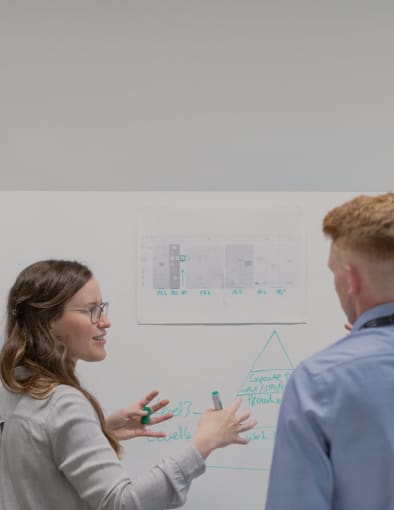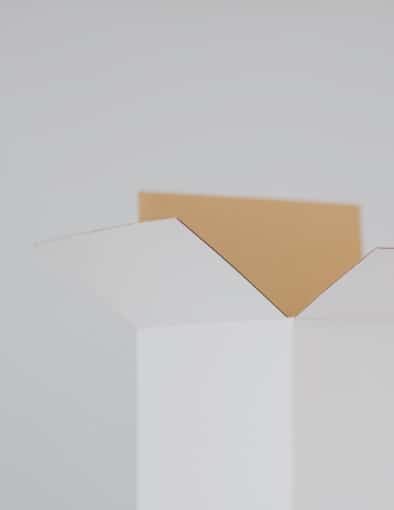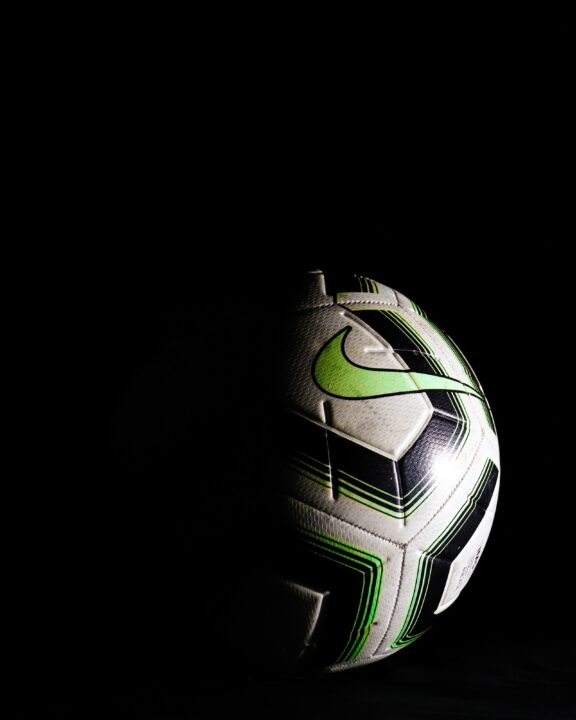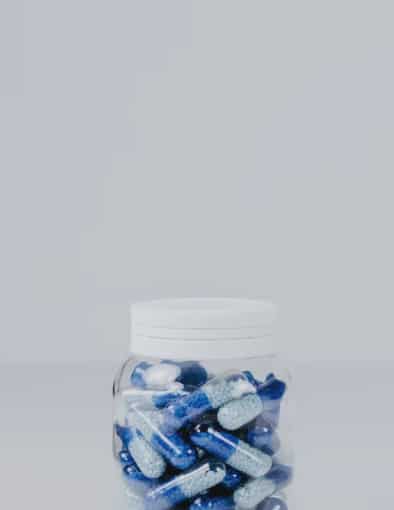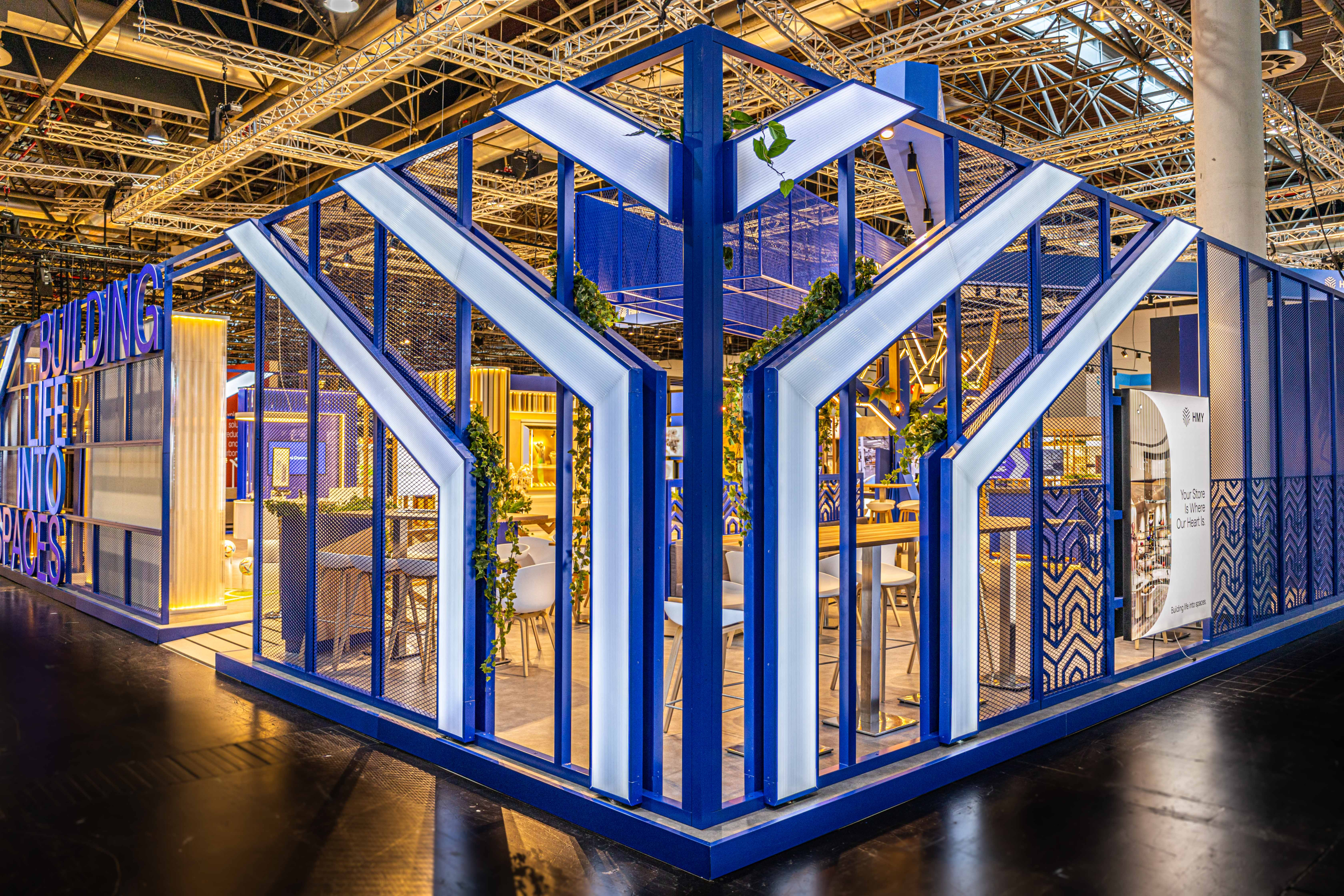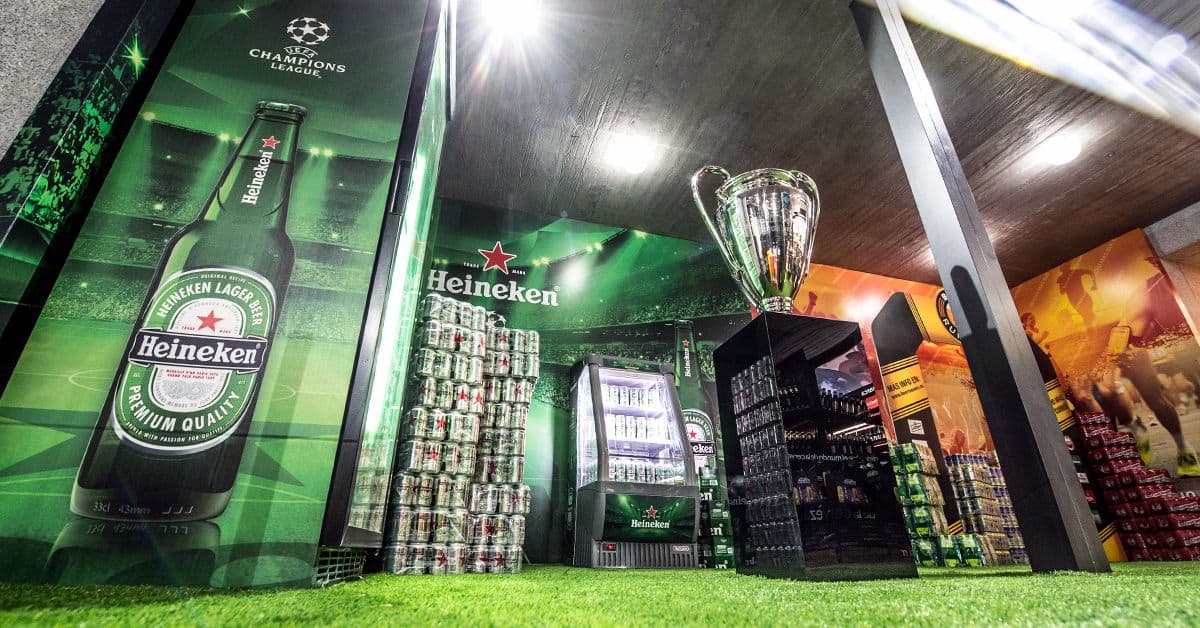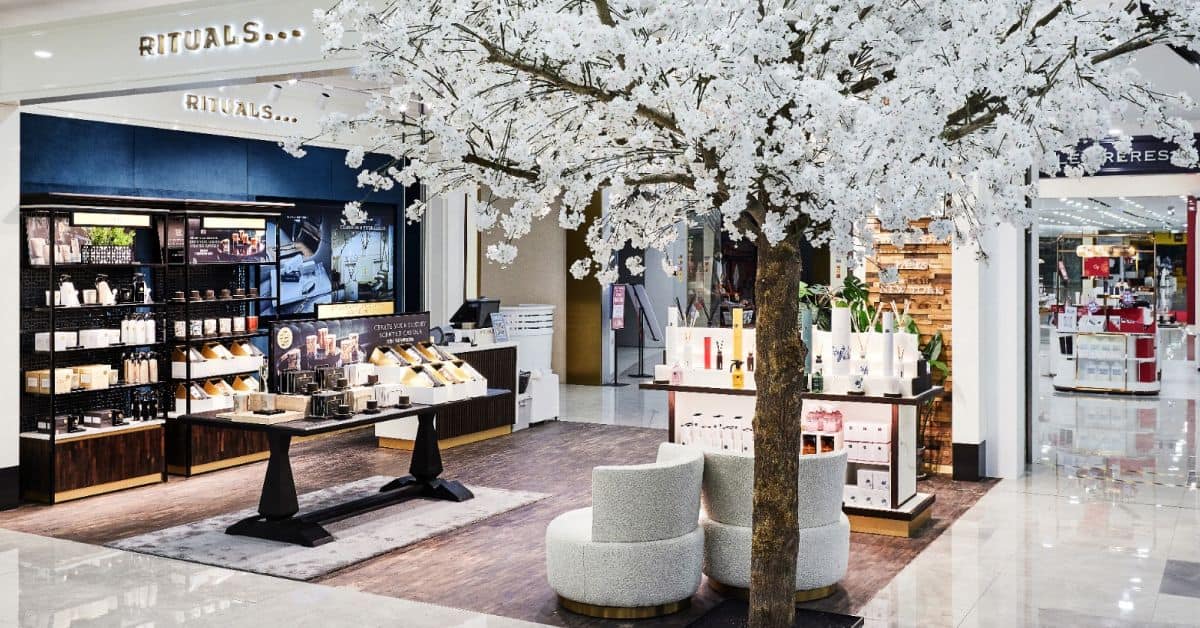How to redesign your multi-brand sports shop to become a benchmark in the sector.
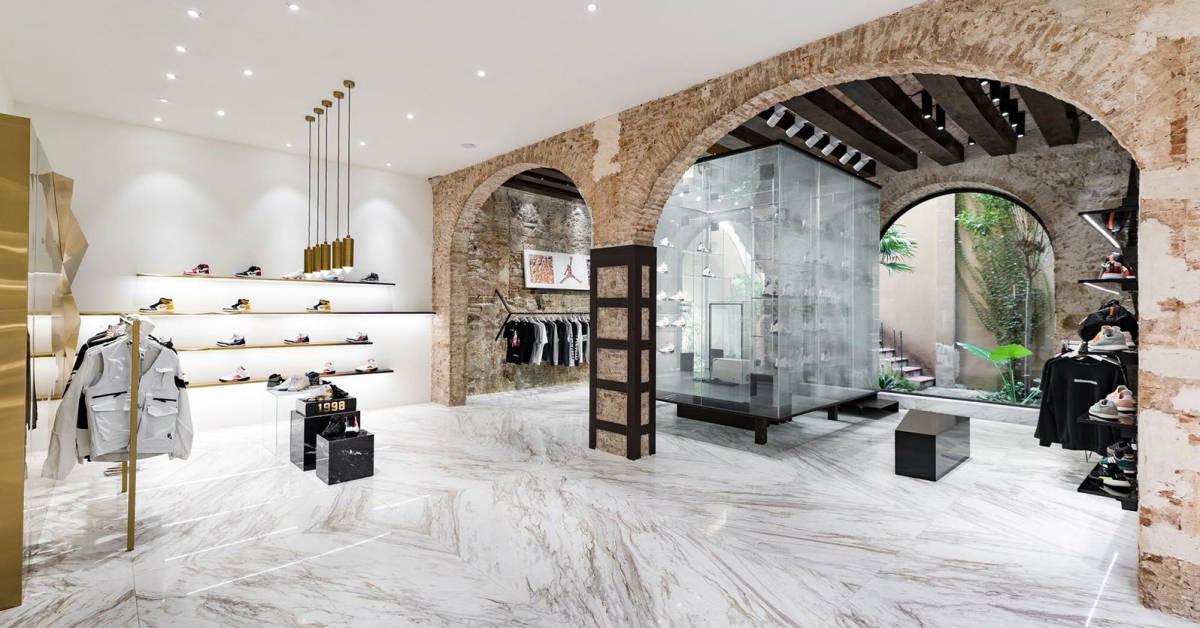
Sportswear shops have been booming for several years now.

Futbol Emotion
With an extension of more than 1.500 sq meters, this flagship is the largest football store in all Europe
In 2019 they already reported 8.4% growth in sales, more than 7 points higher than their nearest sector, fashion.
Not surprisingly, with these figures, sector brands and distributors have taken the opportunity to push ahead with their expansion plans.
Another interesting fact for 2019 is that the sportswear sector already occupies 5% of retail space in most shopping centres. This suggests that we are approaching supply saturation and begs the question: What is the next step for sportswear retail? The struggle for differentiation. And that leads us to talk about redesigning points-of-sale.
Sportswear shops are one of the most profitable retail sectors of the last decade.
The high demand for urban fashion, low product storage cost and low entry costs have led to a proliferation of openings.
We present the insights for a successful sports concept store design.
What is the process of (re)designing a sports or sportswear shop?
Redesigning the concept of a sportswear shop is a process that incorporates methodology and creativity in equal parts, with the added freedom of being in a sector that can be as formal and informal as the brand wants and needs.
Furthermore, if we talk about redesign, we will also have a starting point for the project.
There are 5 stages involved in the redesign of a brand’s retail concept:
Analysis of the brand, the environment and its audiences. Something that will give us insights through a series of tools to look for inspiration in the right places and begin to outline the experience that the new design will offer consumers.
Brainstorming, ideas and inspiration. With what we learnt in the previous phase we start to define the general ideas on which the new concept will be based. Now is the time for a large number of proposals to emerge, many of which will be discarded and others will only partially fit but will serve as a basis for the work that follows.
Definition of the experience. After sharing an initial list of ideas and inspirations with the brand and establishing a road map, we finish profiling the experience that consumers will have in their interaction with the points-of-sale. Where we want them to stop, what content each point along the route will contain and how it will help them understand the brand and the products. Above all, how it will make them fall in love with it.
Choice of materials. It’s time to start materialising all of the above. Understanding the new concept and what it wants to transmit will allow us to create a “mood board” or table of materials. It is important not to digress too much, create hierarchies and give the brand personality. Each material transmits a series of values that will in turn be the values that the shop and, therefore, the brand will transmit.
Creative proposal. Now we finally “put pen to paper”. The shapes appear and we define the furniture, technology and type of lighting. All the elements that will give body and presence to the brand in the physical space. We establish various options for ordering the planogram according to the flow of customers that we have defined and the importance that each point of the route will have.
What aspects make sportswear retail shop design unique?
All retail sectors have something that makes them unique and, as mentioned at the beginning of the post, creative flexibility is one of the characteristics of design applied to sportswear retail.
Nowadays, sportswear is synonymous with urban culture, so it is expected to be transgressive and daring. It doesn’t have to fit into any moulds, but rather break them.
It also has a primarily young and digitally native consumer base, so in-store technology experiences can help make the point-of-sale much more attractive and strengthen its conversion capacity.
What materials and textures are trending in sportswear retail in 2022?
Summarising all of the above, we can say that sportswear consumers are urban, young, digital consumers, increasingly concerned about sustainability and with a strong focus on culture.
This basic definition of the most common purchasing profile in the sportswear sector is reflected in the choice of materials and textures that are trending in this type of shop today:
Brushed metal and mesh. In different tones, from golden varnishes for a touch of luxury to transparent varnishes to show the rawness of the material. Something that reflects one of the most basic materials in cities.
Cement and concretes. The most characteristic texture of the urban environment. Mainly used as a base for floors, walls and ceilings.
Light and saturated colours. They reinforce the feeling of technology and artificial materials. This trend can be at odds with the value of sustainability, so integrate it carefully.
Smooth lacquers. In order not to fall into the saturation of textures, the best option to complete the list of materials is single-colour woods, either in white or black tones, which leave the protagonist role to RGB light or in saturated tones, which energise the whole.
Technology and sustainability as part of the brand language.
When we seek to differentiate a retail space, we want it to appeal to consumers and convey the messages that make up the brand’s identity.
For that we must go beyond materials and textures, so we will end the post talking about two key points that cannot be missing in our redesign: channel and content.
The urban language is digital and technology is its channel. Audiovisual formats and interactive experiences are becoming increasingly important as the channel of choice for the target audience in this sector.
Furthermore, be capable of demonstrating that, despite the brand’s urban style, it is a sustainable style that aligns the retail space with the values consumers want to display as their own.
Let your store tell your story.
Because our heart is where your store is.
Because we are retail thinkers and space makers.
Because we are the global-local partner that you need.


